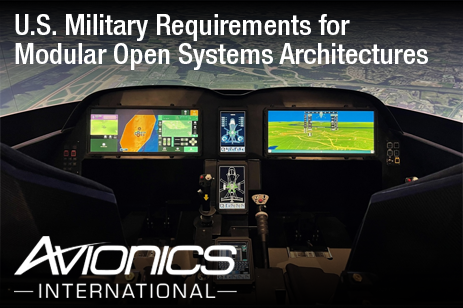
Published in Avionics International
Written by Dan Parsons
Now that the Army has chosen its preferred Future Long Range Assault Aircraft in Bell’s V-280 advanced tiltrotor, the race is on to populate it with mission systems that will allow the machine to operate through adversaries’ sophisticated air defense systems.
Built to rigidly defined modular, open-architecture system standards, the barrier to entry is minimal to industry as long as the software or hardware meets those strictures.
Now MOSA has graduated from an engineering philosophy to requirements mandated from the highest levels of the Defense Department. In January 2019, MOSA was enshrined in federal law. The secretaries of the Army, Navy, and Air Force at that time all signed a memo that modular open systems standards should be “included in all requirements, program and development activities for future weapon systems, system modifications and new-start development to the maximum extent possible.”
...
Army’s VICTORY (Vehicular Integration for C4ISR Interoperability) architecture drives C4ISR and EW interoperability. It helps provide a “reference architecture” using a data bus-centric design, with open standards at both the hardware and software layer, all to provide better modularity and affordability.
Gregory Sikkens, Senior Product Line Manager for safety-certifiable board-level product lines at Curtiss-Wright, said MOSA and SOSA standards, as defined by U.S. industry members, are easing safety certification of avionics hardware and software throughout the world.
“I'm seeing a lot of interest in modular open standards in everything new that we do,” Sikkens said. He also used Lego as an example of how aircraft components, built to a set of predefined standards, can streamline the insertion of technology and the subsequent safety certification process.
“As they see these building blocks, you know, they can fill in the system of a building block like Lego bricks, with different systems together in different configurations and do it a lot more cost effectively than doing that through a traditional process. With SOSA and CMOSS, and all of these things, it now blends all that into one level playing field. So the challenge becomes finding the differentiator in your product because now you've pretty much taken the processor off the table. Everybody has the same processor. Everyone has the same amount of memory, so then what's the value added?”